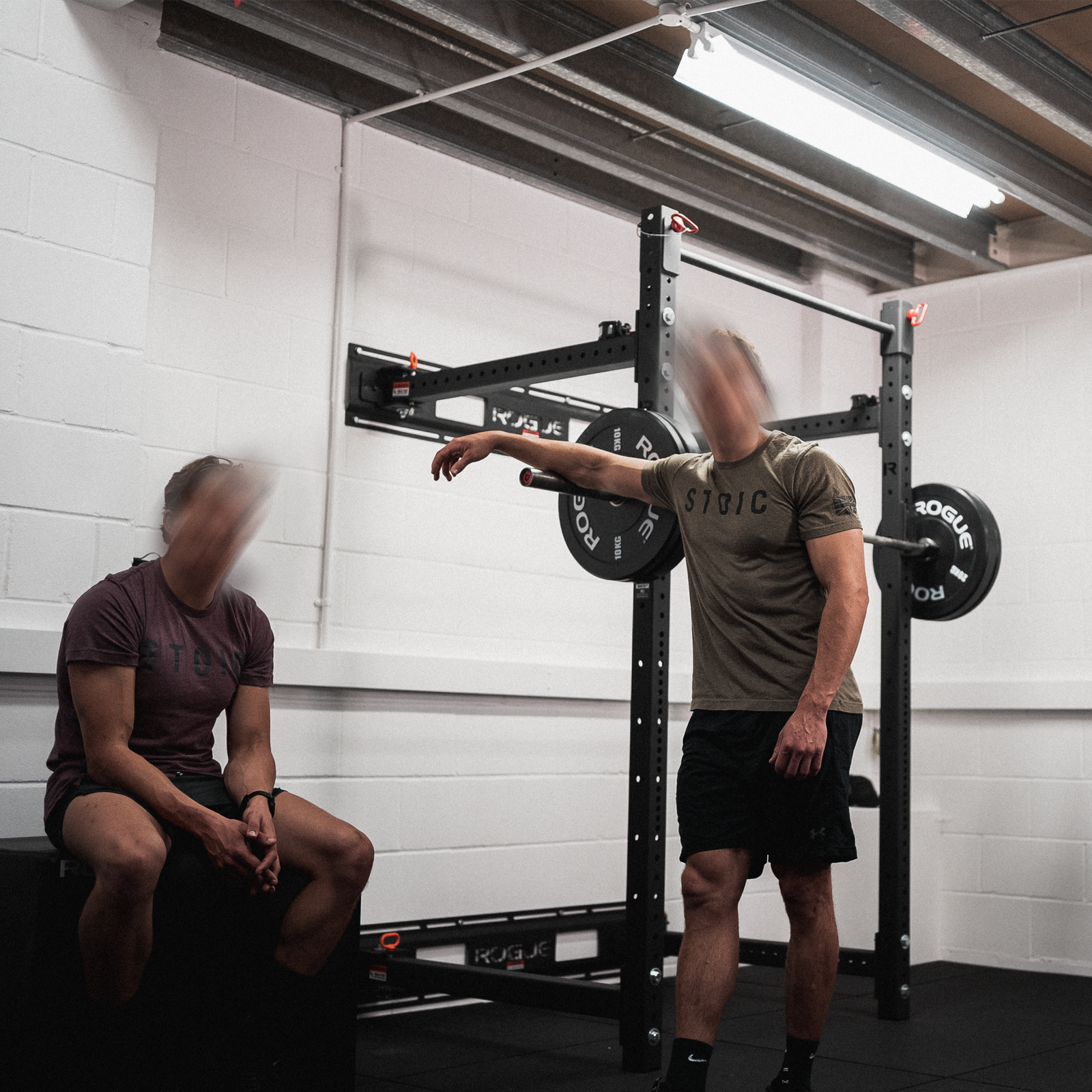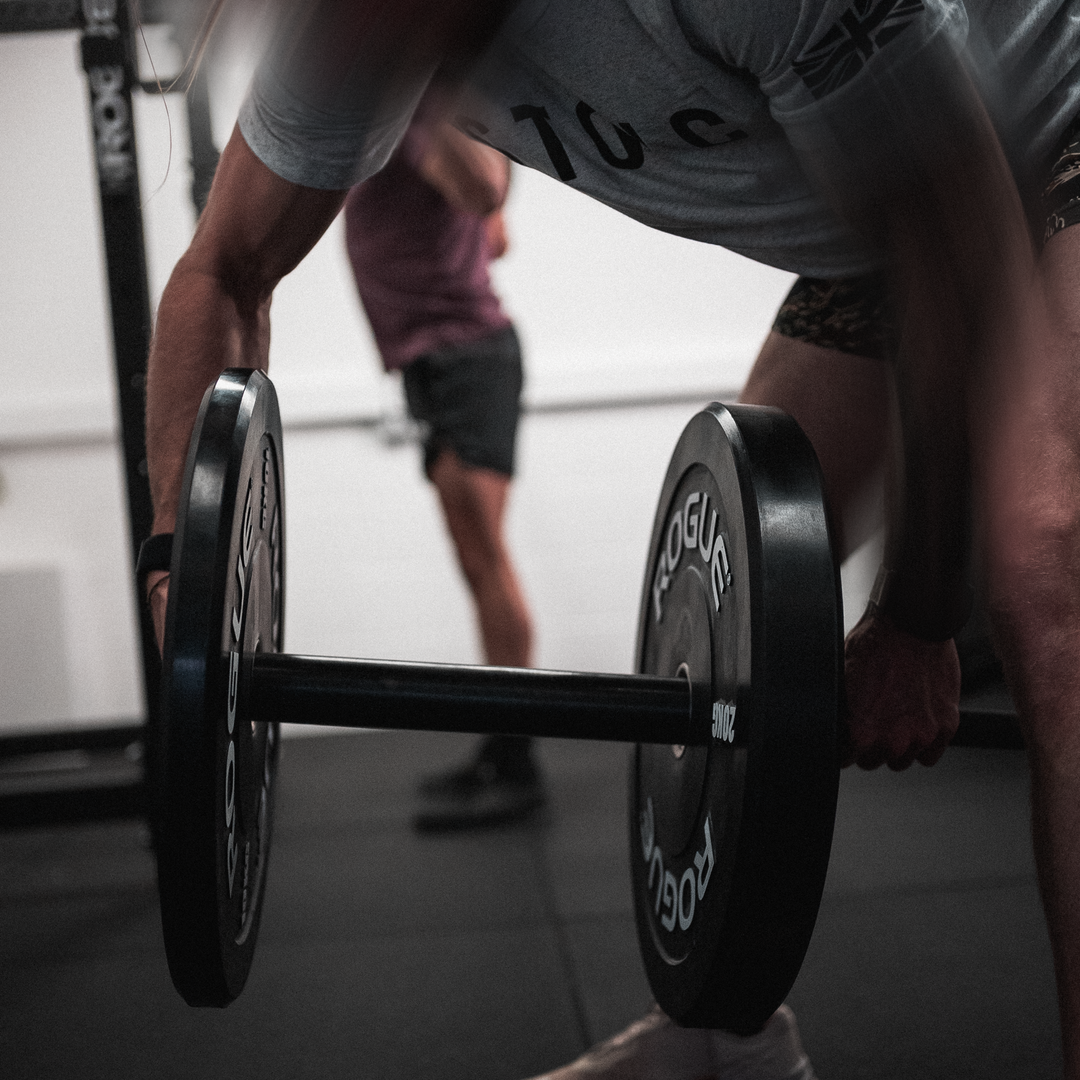AN INTRODUCTION TO HORMONES AND HOW THEY AFFECT YOU

By Dr Angela Servis BMBS MRCGP
Over 50 hormones have been identified in the human body and they all play a vital role in regulating multiple physiological processes. An understanding of hormone function and dysfunction can enable you to identify endocrine disruption and adapt training, sleep hygiene and nutrition to help optimise performance and enhance recovery.
Hormones are diverse in their physiological actions as chemical messengers, regulating: metabolism, homeostasis, muscle and bone growth and repair, mood, the sleep cycle and sexual function. This article will explore some of the hormones that can impact training and recovery.
Categories Of Hormones
Steroid hormones
These are synthesised in the mitochondria and smooth endoplasmic reticulum of the adrenal cortex, the gonads, and the placenta. They’re all derived from cholesterol and are released immediately but can be bound to other molecules to make them inactive. Examples are testosterone, estradiol, progesterone, cortisol and aldosterone.
Peptide hormones
These are synthesised as pro-hormones and need further processing to move into their active form. They can be stored in an inactive state in vesicles in the cells and can travel freely in the blood. Examples include insulin, prolactin and glucagon.
Amino acid derivative hormones
These are synthesised from the amino acid tyrosine and can be stored before release. These include adrenaline, thyroxine and tri-iodothyronine.
Further breakdown of hormones that are relevant for your performance
Vitamin D
The term “Vitamin D” is a misnomer as it’s produced in the body on exposure to ultraviolet light therefore technically, it is not a vitamin but a fat-soluble steroid hormone similar in structure to other hormones, such as testosterone and oestrogen (Lanteri et at., 2013).
It helps regulate the amount of calcium and phosphate in the body. It also has other roles in the body including reduction of inflammation as well as modulation of cell growth, neuromuscular and immune function, and glucose metabolism (Bore P et al., 2015).
Testosterone
Testosterone is primarily produced in the testes and in smaller amounts in the adrenal glands and is a crucial hormone for athletic performance. It promotes muscle growth, protein synthesis, and bone density, contributing to increased strength and power.
Testosterone has also been shown to play a role in decision-making and motivation, which can enhance competitiveness in sports. Higher testosterone levels are also associated with the exertion of effort resulting in dopamine release and leaving the individual with a greater desire to exert effort in day-to-day activities. Testosterone and oestradiol together mediate the synthesis of neuropeptides, including vasopressin and oxytocin, in a number of brain regions (Apicella et al., 2015).
Interestingly, when testosterone levels fluctuate outside normal physiological parameters, both supra-physiological and sub-physiological testosterone levels are associated with increased cardiovascular risk. Exogenous testosterone taken at supra-physiological doses has been linked to increased blood pressure, left ventricular hypertrophy, vascular dysfunction, and increased levels of inflammatory markers resulting in the production of pro-inflammatory cytokines, leading to cardiovascular dysfunction (Alves et al., 2020).
There has been a gradual decline in age-specific testosterone levels in men for decades. It is normal to experience a 1% drop per year in testosterone levels from around the age of 30 but the drop in the general population of men has been more than this. The reasons behind this drop aren’t fully understood but theories include; a more sedentary lifestyle, increasing issues with obesity, endocrine disrupting chemicals in our food chain and our environment (Traviston et al., 2007).
The accepted “normal range” for testosterone in laboratories is very broad and levels fluctuate during the day. To develop an understanding of your levels it’s useful to get “peak levels” taken between 0700 and 1100 in the morning. Knowing what your testosterone levels look like when you’re feeling like training is on track can help you know what “good levels” look like for you.
Growth Hormone (GH)
Secreted by the pituitary gland, growth hormone plays a significant role in connective tissue and bone growth, as well as tissue repair. GH stimulates the release of insulin-like growth factor 1 (IGF-1), which promotes protein synthesis and enhances muscle recovery. Levels rise following exercise, trauma, and during sleep.
Under normal conditions, more GH is produced at night than during the day and its secreted in a pulsatile manner. Athletes with naturally higher levels of GH may experience improved strength, endurance, and overall athletic performance. GH also facilitates fat metabolism, potentially aiding in weight management and improving body composition.
Growth hormone is banned by the World Anti-Doping Agency (WADA) and its efficacy in performance enhancement has been debated since its emergence in the pharmaceutical industry in the early 1990s. A small study in a trial of 16 male volunteers undertaking heavy resistance training found a decrease in free fatty mass but no difference in muscle strength after 12 weeks (Yarasheski KE et al, 1992).
Growth hormone deficiency in adults is rare but can result in lethargy, poor recovery from exercise, reduced bone density and fractures and increased cardiovascular risk. Growth hormone deficiency is managed by specialist endocrinologists but side effects from exogenous growth hormone can include fluid retention, joint and muscle pain and difficulty managing high blood sugar.
Cortisol
Cortisol, known as the stress hormone, is released by the adrenal glands in response to physical or psychological stress. While cortisol is essential for survival, chronically elevated levels can negatively impact athletic performance and recovery. Excessive cortisol levels can lead to muscle protein breakdown, suppressed immune function, and impaired tissue repair. It regulates the body’s response to inflammation and helps control the immune system.
Moderate levels of cortisol are necessary for normal immune function, but excessive or prolonged elevation can suppress immune function and impair recovery. Athletes experiencing chronic stress or overtraining may experience decreased performance and increased susceptibility to injuries.
Insulin
Insulin is secreted by the pancreas and helps regulate glucose metabolism. It plays a vital role in energy production during exercise. Insulin also facilitates glucose uptake by muscle cells, allowing for adequate fuel supply during physical activity. Maintaining optimal insulin levels is essential for sustaining endurance and preventing hypoglycaemia during prolonged exercise. It also promotes muscle protein synthesis, aiding in recovery and adaptation to training.
If you develop resistance to insulin, you lose the ability to stimulate glucose uptake, which lowers your exercise tolerance and has drastic effects on athletic performance. It also makes it harder to build muscle and recover from hard training. Exposure to high levels of dietary sugar can increase resistance to insulin and the person becomes (type 2) diabetic. Measuring HbA1c can help assess insulin sensitivity. It is a blood test that looks at glycated haemoglobin, this is haemoglobin that has joined with glucose.
Thyroid Hormones (T3, T4, RT3 and Calcitonin)
Thyroid hormones, produced by the thyroid gland in the neck, help regulate metabolic rate and energy expenditure. Triiodothyronine (T3) and thyroxine (T4) influence muscle strength, cardiovascular function, and thermoregulation. T3 contains three iodine atoms, while T4 contains four iodine atoms.
The extra iodine atom in T4 makes it less biologically active than T3 which binds to thyroid hormone receptors in target tissues and exerts direct effects on gene expression, metabolism, and energy production. T4 however is converted to the active T3 by deiodinase.
RT3 or reverse T3 is the inactive isomer of T3. Higher levels can indicate thyroid dysfunction. Thyroid hormones enhance the oxygen-carrying capacity of the blood by stimulating the production of red blood cells and increasing oxygen delivery to tissues. Improved oxygen use can lead to enhanced aerobic capacity and endurance.
Imbalances in thyroid hormones, such as hypothyroidism or hyperthyroidism, can lead to decreased endurance, fatigue, and impaired recovery.
Oestrogens
Often associated with female physiology, however, oestrogens play a role in male athletes as well. Oestrogen, in the form of oestrone and oestradiol, is produced by the conversion of testosterone by the enzyme aromatase. Oestrogens contribute to bone health, protect against osteoporosis, control inflammation, reduce muscle damage, and help break down fat for fuel. It also plays an important part in erectile function.
Overtraining
“Overtraining syndrome” is a set of symptoms characterised by diminished sport-specific physical performance, accelerated fatiguability and subjective symptoms of stress. This can occur when an athlete does repetitive intense training but doesn’t allow for recovery, resulting in a performance plateau, or even declines in performance (Urhausen A et al.,).
If identified early and an adaptive approach is taken, it can be reversible within weeks. At present, no sensitive and specific tests are available to prevent or diagnose overtraining. The diagnosis is based on the medical history and the clinical presentation. Complete recovery from chronic overtraining may take weeks to months.
Elevated cortisol levels associated with chronic stress can lead to muscle protein breakdown, immunosuppression, and impaired tissue repair. By managing stress and facilitating recovery, along with appropriate training volume and intensity, you can maintain optimal hormone levels and prevent overtraining syndrome (Cadegiani et al., 2017).
In summary
Hormones play an important role in exercise recovery and training progression. Hormones levels constantly fluctuate through complex feedback loops that help the body amend levels in response to our physiological requirements and environmental stressors. Managing appropriate nutrition and recovery periods for training levels is key to training progression.
References
- Borel P, Caillaud D, Cano NJ. Vitamin D bioavailability: State of the art. Crit Rev Food Sci Nutr 2015;55:1193-205
- Lanteri P, et al. Vitamin D in exercise: physiologic and analytical concerns. Clin Chim Acta. 2013;415:45-53.
- Apicella, C.L., Carré, J.M. & Dreber, A. Testosterone and Economic Risk Taking: A Review. Adaptive Human Behavior and Physiology 1, 358–385 (2015). https://link.springer.com/article/10.1007/s40750-014-0020-2
- Travison TG, Araujo AB, O’Donnell AB, Kupelian V, McKinlay JB. A population-level decline in serum testosterone levels in American men. J Clin Endocrinol Metab. 2007 Jan;92(1):196-202. doi: 10.1210/jc.2006-1375. Epub 2006 Oct 24. PMID: 17062768.
- Alves JV, da Costa RM, Pereira CA, Fedoce AG, Silva CAA, Carneiro FS, Lobato NS, Tostes RC. Supraphysiological Levels of Testosterone Induce Vascular Dysfunction via Activation of the NLRP3 Inflammasome. Front Immunol. 2020 Jul 31;11:1647. doi: 10.3389/fimmu.2020.01647. PMID: 32849566; PMCID: PMC7411079.
- Yarasheski KE, Campbell JA, Smith K, Rennie MJ, Holloszy JO, Bier DM. Effect of growth hormone and resistance exercise on muscle growth in young men. Am J Physiol. 1992 Mar;262(3 Pt 1):E261-7. doi: 10.1152/ajpendo.1992.262.3.E261. PMID: 1550219.
- Urhausen A, et al. Blood hormones as markers of training stress and overtraining. Sport Med. 1995;20:251-276.
- Cadegiani FA, Kater CE. Hormonal aspects of overtraining syndrome: a systematic review. BMC Sports Sci Med Rehabil. 2017 Aug 2;9:14. doi: 10.1186/s13102-017-0079-8. PMID: 28785411; PMCID: PMC5541747.
Dr Angela Servis BMBS MRCGP – www.edenclinicformen.com
After graduating from Peninsula Medical School, I started my Army career in Germany with an armoured engineer regiment and travelled to various countries supporting their activities finishing my time with them with a deployment to Afghanistan.
Following that I completed my GP training in Plymouth before getting posted to 29 Commando and after a brief stint with a signals Regt, I left the army after 17 years in 2022.
I developed an interest in Men’s Health after seeing changes in a soldier who was struggling with low mood and checking his testosterone levels on a whim and then realising I wasn’t sure how to manage his testosterone deficiency. This set me off on an educational journey, getting mentored by Professor Hackett from the British Society for sexual medicine and finally setting up my own CQC registered clinic in Plymouth City Centre.
I now offer in-person and remote treatment for men who have testosterone deficiency or erectile dysfunction and for people who need support with weight loss.
Having witnessed the devastating impact that testosterone deficiency can have on men and how underserved it is within the NHS, I feel passionate about offering a wholistic approach to management through Eden Clinic. Offering lifestyle support, and exercise and nutrition advice for our patients in partnership with my husband Guy Servis who’s a strength and conditioning coach and health adviser.




